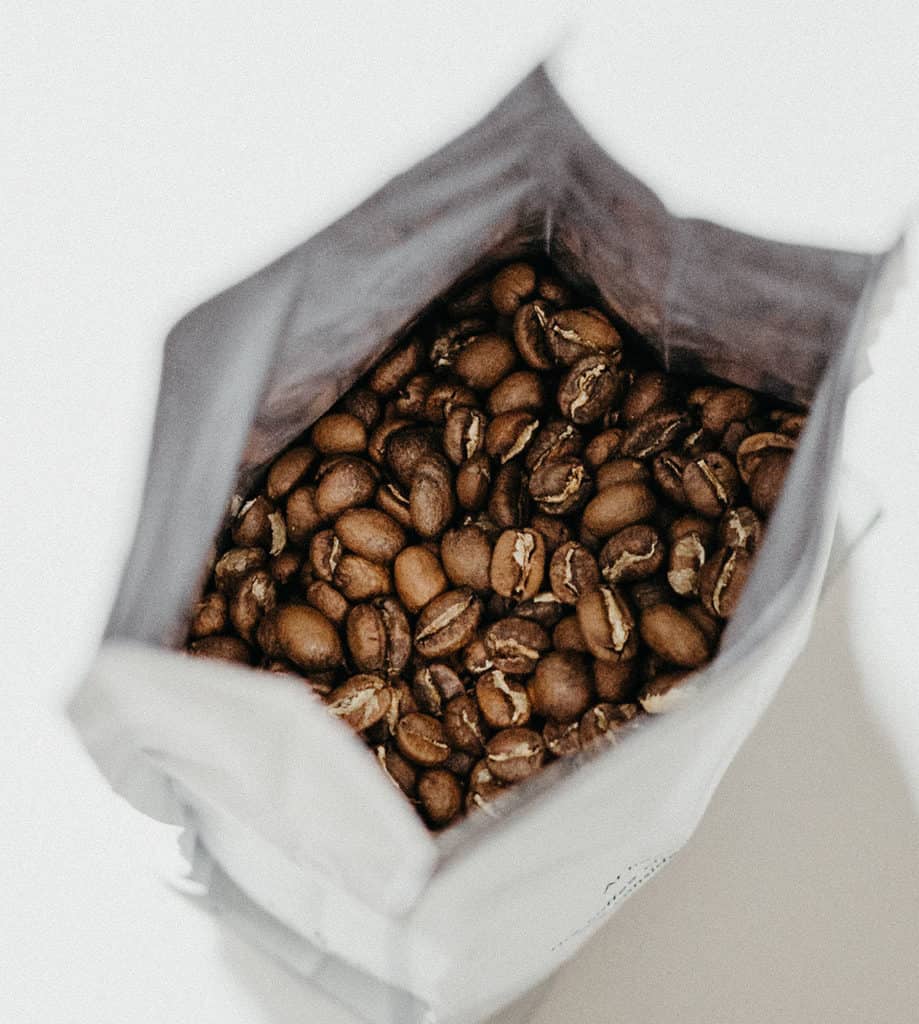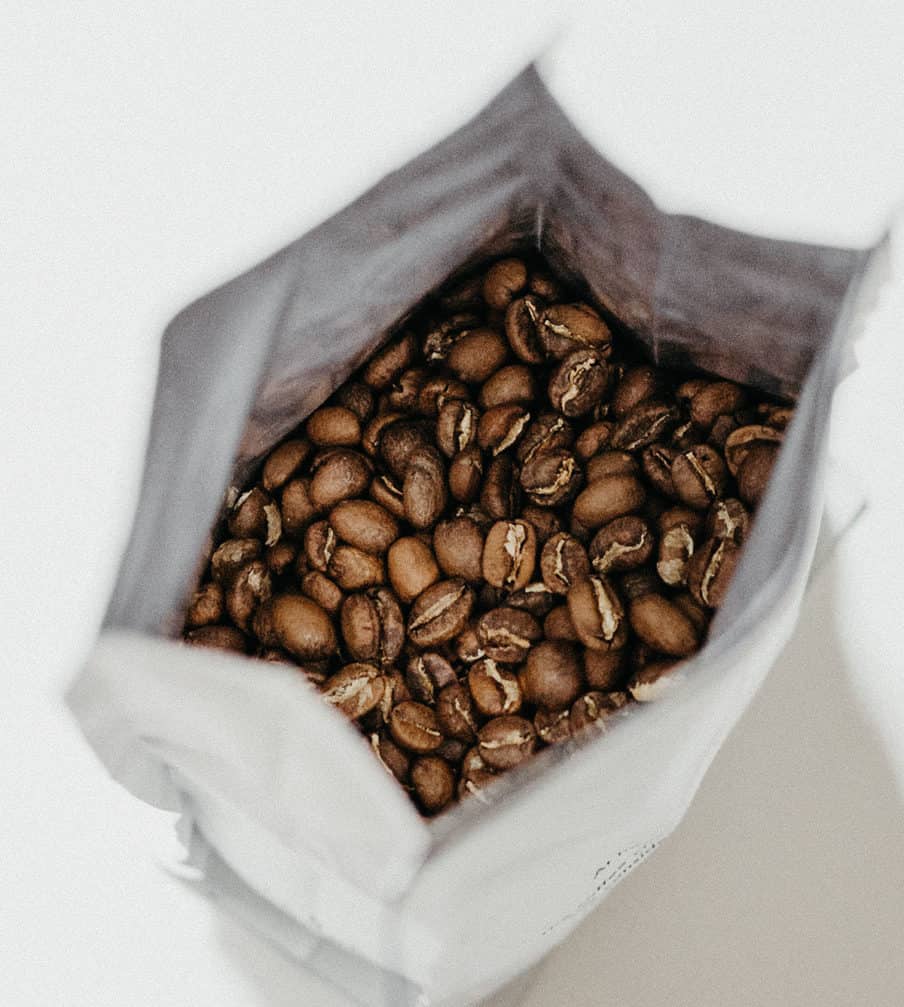
With its lush rainforests, diverse wildlife, and breathtaking landscapes, Costa Rica has captivated travelers for decades as a tropical paradise. But beyond the sloths, surfing, and stunning beaches lies another treasured offering drawing visitors in—exquisite Costa Rican coffee.
What makes Costa Rican coffee so special and how did it develop its own distinctive origin story? Grab a fresh cup as we unravel the volcanic soils, microclimates, processing methods, and growers striving for quality that shape these beans.
Volcanic Beginnings
Two mountain ranges traversing Costa Rica create a backbone of volcanic peaks, many still active, including the treacherous Arenal and mirage-like Poás volcanoes.
It’s the minerals and nutrients from this volcanic soil, coupled with seasonal rains, that impart a unique character to Costa Rica’s arabica beans. Growers have honed in on the fertile volcanic regions to produce smooth, well-balanced cups with depth and complexity.
The volcanic regions also allow altitude-driven differentiation, with beans divided by three main terroirs:
Low Altitude: Grown below 3,900 feet, these beans highlight more robust earthy qualities.
Middle Altitude: Ranging from 3,900 to 5,900 feet, these beans achieve a harmony of acidity, body, and sweetness.
High Altitude: Above 5,900 feet, the beans develop more delicate floral and fruity notes in the cup.
Within these zones, smaller microclimates and soil variations create an intricately diverse origin palette—from juicy, berry-toned Tarrazú to honey-laced Alajuela.
Two Processing Methods
The way freshly picked coffee cherries are processed also shapes the flavors distinguishing Costa Rican coffee. Most beans undergo one of two methods:
Washed: The chopped cherries are pulped to remove fruit before the beans dry, resulting in cleaner fruit acidity. This includes classifications like Strictly High Grown, High Grown, and Central Standard.
Natural: The whole cherries dry under the sun before being milled, producing intensified fruit qualities. These beans are labeled “Natural” or “Gold Honey.”
These processing styles cater to different palates. For traditionalists, washed coffees like Tarrazú and Tres Rios provide transparent profiles centered on citrus, chocolate, or nuts. Those craving exotic fruit pops should explore natural-processed beans from Brunca or the Northern Zone.
Small Farms, Big Goals
Unlike mass commodity coffee, Costa Rica prioritizes premium beans from small, often family-run farms. The Costa Rican Coffee Institute (ICAFE) reports that about 86% of national production comes from farms under 12 acres. These growers focus on quality, not quantity, using careful cultivation and harvesting techniques that propel Cup of Excellence awards year after year.
From father-and-son teams shielding heirloom Bourbon varietals in Acosta to independent female producers gaining ground through Facebook cooperatives, stories and dedication behind the beans resonate. Farmers hand-pick only perfectly ripe cherries, then sell to local mills sporting cutting-edge tools to transform fruit to exportable green beans in a matter of hours, optimizing quality.
Specialty cafes allow roaster/barista partners to trace single-origin beans back to micro-lots at origin through direct trade relationships. Visitors to producing regions can meet multi-generational growers embracing sustainability to bolster biodiversity-rich coffee farms.
From implementing eco-friendly practices of their ancestors to pursuing certifications confirming environmental stewardship, Costa Rica’s farmers strive for an industry promoting both prosperity and preservation.
Raising The Costa Rican Coffee Bar
In bustling San Jose, baristas battle for championship titles by coaxing unique flavors out dateline of the country’s beans using various brew methods. The Costa Rica Cup of Excellence has expanded beyond competition into a celebration promoting sustainable coffee tourism across producing regions.
Foodies can embark on bean-to-bar chocolate tours, learn about coffee varieties at gardens like Doka Estate, or sip cold brew among the vines with growers themselves.
Roasters increasingly offer single-origin beans from Costa Rica showcasing terroir diversity, allowing specialty cafes worldwide to showcase what connoisseurs have relished for decades. From small town cafetines embracing traditional practices to award-winning baristas turning experimental, when it comes to passion for quality coffee, Costa Rica continues raising the bar.
Just as Costa Rica pioneered the concept of ecotourism, growers also spearheaded sustainable models in coffee, with an environmental consciousness permeating all aspects of production. Ensuring both fair treatment of workers and protection for vulnerable ecosystems makes enjoying these sublime coffee profiles a feel-good experience too.
A Cup Like No Other
Arabica coffee traces its origins to Ethiopian forests, but delicate genetics that mutated over centuries shaped by Costa Rican soil and biodiverse shade produce an entirely different animal now–one with creamy body swirled by berry sweetness rather than wild mossy hints.
Much of the explosive growth in demand for premium estate coffees can be traced back to Costa Rica proving specialty beans of high caliber could emerge from the small, high-altitude farms in Latin America.
Today, discerning drinkers, artisan roasters and storied cafes seek out Costa Rican harvests for their balance and nuance. Like tasting exquisite wine terroir, cupping through Costa Rica’s coffee appellations has gone far beyond commodity status into almost mystical experience as exemplified by brews scoring over 90 points year over year.
Whether from a unnamed family farm in Tarrazú or a coveted Orosi micro-lot, imbibing the voluptuous qualities stemming from Costa Rican volcanic soil offers coffee aficionados adventure in a cup transporting them into the vibrant cloud forests and villages where legends took root, bean by precious bean.
So, as you sip that smooth Costa Rican morning brew, recognize it comes loaded with history as rich as its flavors–one steeped in rejuvenating rainstorms and volcanic ash where growers invest decades nurturing exceptional lots that ultimately connect dedicated coffee lovers worldwide. The proof of quality resides right there–swirling deliciously in your cup.


